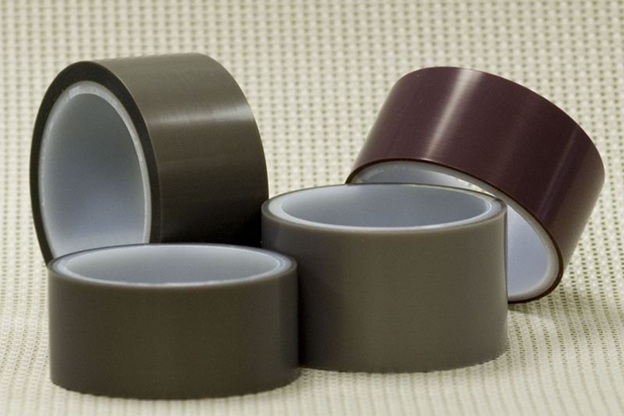Battery corrosion is a common issue that many vehicle owners face, often leading to decreased performance and even potential safety hazards. One critical component that is susceptible to corrosion is the battery tray. This article aims to provide practical insights and tips on how to prevent corrosion on battery trays, ensuring the longevity and optimal functioning of your vehicle’s power source.
Why Battery Corrosion Occurs
Before delving into prevention methods, it’s essential to understand why battery corrosion occurs. Corrosion typically results from a chemical reaction between the battery terminals and the surrounding environment. Factors such as moisture, dirt, and exposure to various contaminants contribute to the corrosion process. Additionally, the combination of heat and acid vapors emitted during battery operation accelerates the corrosion of the metal components, particularly the battery tray.
Regular Inspection and Cleaning:
One of the most effective ways to prevent corrosion on battery trays is through regular inspection and cleaning. Routinely check your vehicle’s battery and tray for any signs of corrosion, including white or greenish deposits on the terminals and tray surface. If corrosion is present, use a mixture of baking soda and water to create a paste, gently scrubbing the affected areas with a wire brush. Remember to wear protective gear such as gloves and eye protection during this process.
Protective Coatings:
Applying a protective coating on the battery tray can serve as a barrier against corrosion. Consider using products like battery terminal protectant sprays or specialised corrosion inhibitors. These coatings create a shield that impedes the corrosive elements from reaching the metal surface of the tray. Before applying any coating, ensure that the tray is thoroughly cleaned to maximise the effectiveness of the protective layer.
Dielectric Grease for Terminals:
Dielectric grease is an excellent option for preventing corrosion on battery terminals, and indirectly, the tray. Apply a thin layer of dielectric grease to the battery terminals after cleaning them. This grease acts as a moisture barrier, preventing water and other corrosive elements from making direct contact with the metal surfaces. Regular reapplication may be necessary, especially after cleaning or whenever you notice a decrease in its effectiveness.
Proper Ventilation:
Adequate ventilation around the battery area is crucial in preventing corrosion. Battery operation produces acid vapors that, when trapped, accelerate the corrosion process. Ensure that the battery compartment is well-ventilated, allowing these vapors to disperse. If your vehicle has a venting system, make sure it is functioning correctly. Consider installing additional ventilation if needed, especially in enclosed spaces or compartments.
Temperature Control:
Extreme temperatures can contribute to battery corrosion. High temperatures accelerate the chemical reactions involved in corrosion, while low temperatures can slow down battery function. Whenever possible, park your vehicle in a shaded area to reduce exposure to direct sunlight. In colder climates, consider using a battery warmer to maintain optimal operating temperatures and prevent unnecessary strain on the battery and tray.
Conclusion:
Preserving your vehicle’s battery and preventing corrosion on the battery tray is essential for maintaining reliable performance and extending the lifespan of your battery. By incorporating regular inspections, cleaning, protective coatings, dielectric grease, proper ventilation, and temperature control, you can significantly reduce the risk of corrosion. Taking these preventive measures ensures that your vehicle’s power source remains in top condition, providing you with a reliable and efficient driving experience.

 How Exotic Car Leasing Works: A Beginner’s Guide
How Exotic Car Leasing Works: A Beginner’s Guide  Red Flags to Watch for at Any Car Dealership
Red Flags to Watch for at Any Car Dealership  PTFE Films in Automotive Wire Harness Protection
PTFE Films in Automotive Wire Harness Protection  Importance of Car Door Inspections During Servicing
Importance of Car Door Inspections During Servicing  Essential Role of Household Battery Backup for OSA Patients and Introducing Jackery Explorer 1000 Plus Portable Power Station
Essential Role of Household Battery Backup for OSA Patients and Introducing Jackery Explorer 1000 Plus Portable Power Station  The Importance of a Spacious Interior in a Modern Family SUV
The Importance of a Spacious Interior in a Modern Family SUV  Your First Step to Driving Confidence: A Beginner’s Guide to EDT Lessons
Your First Step to Driving Confidence: A Beginner’s Guide to EDT Lessons  Learn to recognize early indicators of trunk wear or malfunction before they escalate.
Learn to recognize early indicators of trunk wear or malfunction before they escalate.  Why Is Armoring Sedans Ideal for Discreet Personal Security?
Why Is Armoring Sedans Ideal for Discreet Personal Security? 




